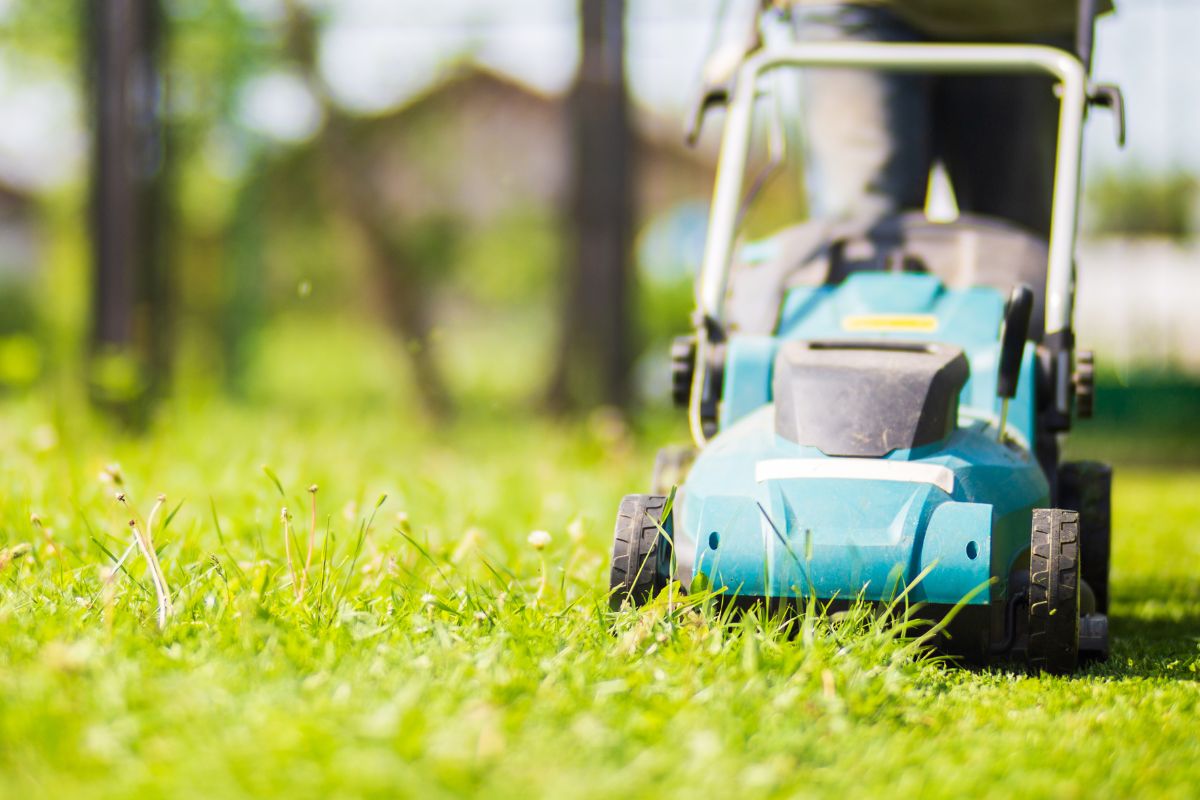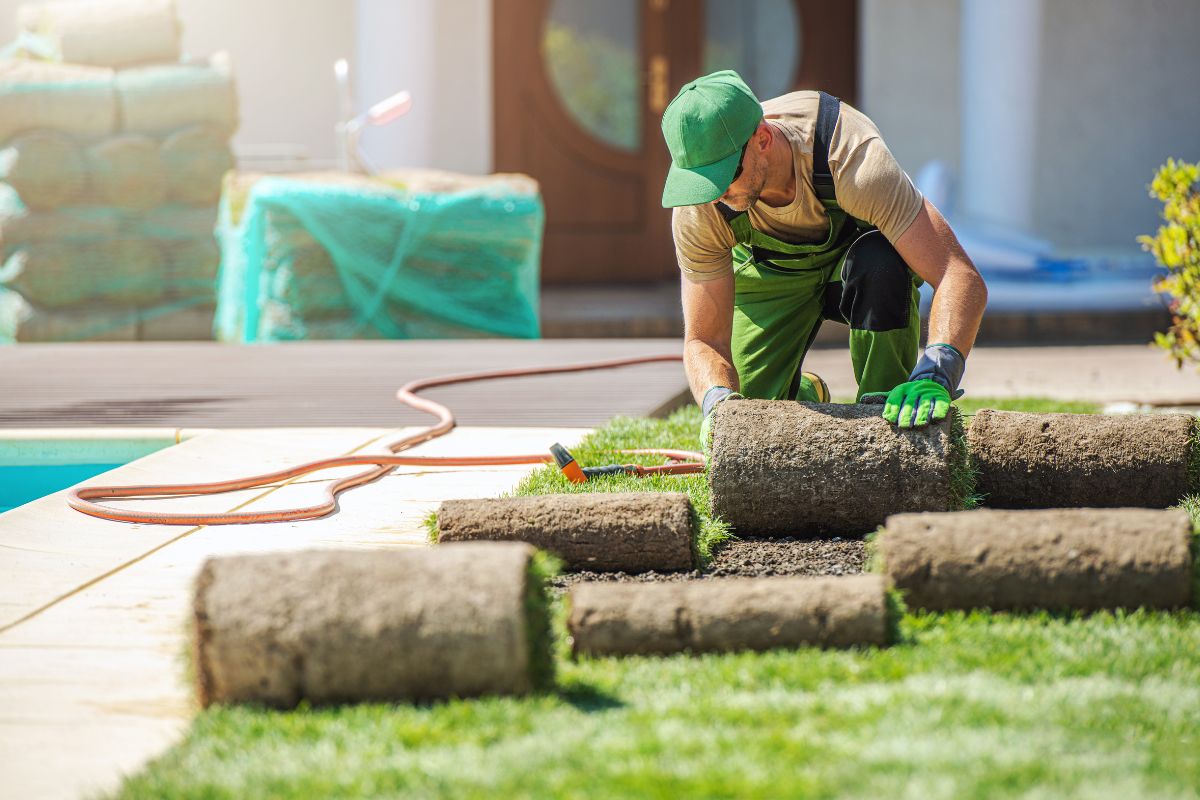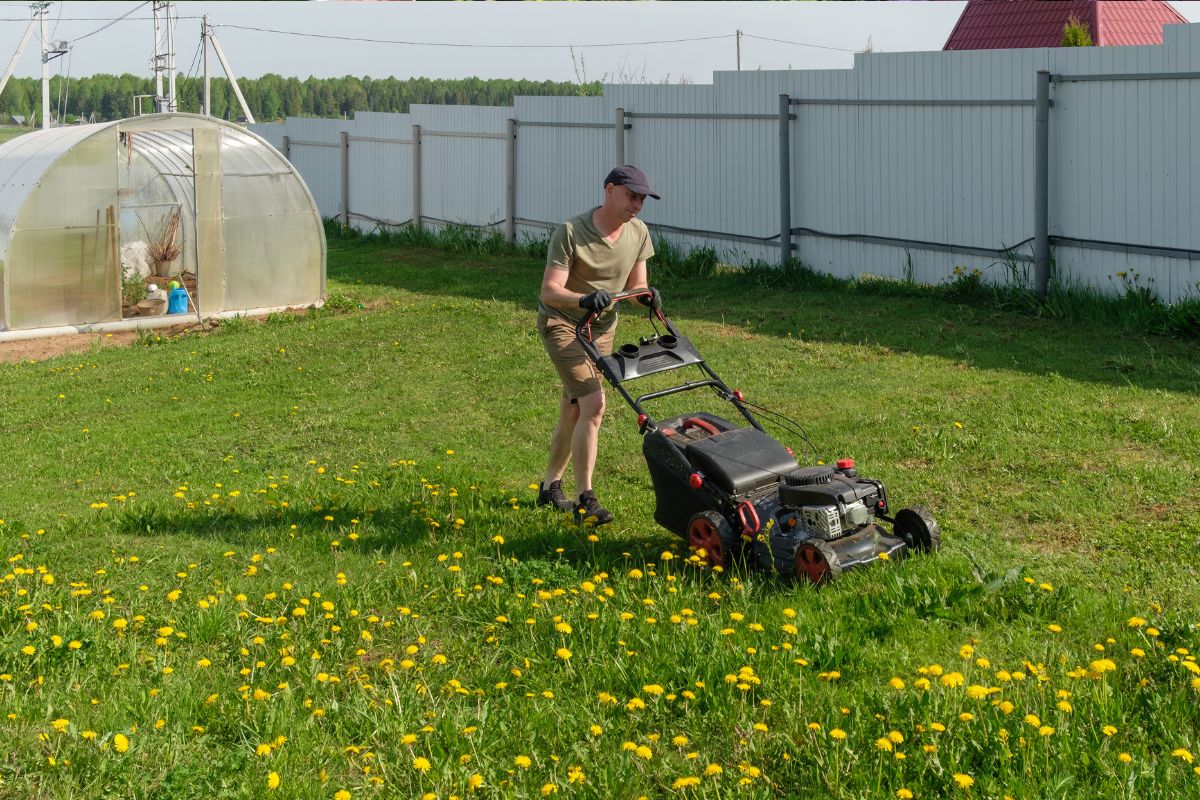Nut grass which goes by the scientific name of Cyperus rotundus or purple nut sedge is a tough weed that will thoroughly infest your lawn if not controlled. Its growth rate and the tenacity with which it adapts to its environment make it a major concern to those with lawns and gardens as well as homeowners. If you have seen these nasty plants in your compound, then it is high time you deal with them before they infest your compound further. The focus component of this guide is to describe the most efficient ways to eliminate this troublesome plant and improve the appearance of your lawn—whether you’re tackling it yourself or seeking help from local gardeners.
What is Nut Grass?
Nut grass type of weed is an aggressive plant that usually grows in regions of high temperatures and humidity regimes and grows in a variety of soils. Sometimes confused with ordinary grass, common features like triangular stems, long racemes, and purple-brown achenes make the plant easily recognizable when one is privileged to know what to look out for. The worst aspect of nut grass is that it spreads through underground ‘nuts’. Even if the tops are cut, it continues to grow.
These nuts serve as a storage tissue for the plant in that the plant reproduces and reproduces easily even if the above-ground vegetation dies. Nut grass often grows and forms a mat of weeds, and thus will push out your desirable turfgrass transforming your lawn into a mess of weeds.
Identifying Nut Grass
There is a need to ensure that what you are dealing with is indeed nut grass before going further on the control methods available. Here’s how to identify it:
- Leaves: Nut grass leaves are bright green, pointed, and thin with waxy surfaces when the leaves are cut across and appear triangular when viewed laterally. They develop in a group from a central point and the tips of the leaves are usually wanting a point.
- Stems: They are triangular in cross-section while that of regular grass is round or oval in their cross-section.
- Flowers: Nut grass has small purple or brown spikes at the top which put out seeds and are fairly visible when the plant has flowered.
- Roots/Tubers: The outstanding characteristics of nut grass are the underground tubers it possesses. They are present several inches below the soil line and these are also responsible for its continuation, and growth even when the top portion is cut off.
If your lawn boasts these features, it means that you're dealing with nut grass. So, the question that arises here is to find out how to control this plant species most efficiently.
How to Control Nut Grass
1. Manual Removal:
The easiest technique of managing nut grass is pulling it out by hand, but this requires a lot of work due to the size of the lawn. Here’s how to do it:
- Digging up the roots: Nut grass can further be eradicated manually by pulling out the plant with its tubers, which remains the best method of eliminating this plant. Auburn has several underground stems which may regrow if left on the ground as it has small tubers. Hence, it is advisable to dig deeper often.
- Tools: The nut grass should be pulled out physically using a hand weeder or garden fork to ease pulling through the loosening of soil around the plant. Pull the grass annually, being careful not to leave any tubers in the soil. This means that after doing them you might need to go back after a few weeks to check if there is any new growth.
- Frequency: Hand pulling can be most effective if done precariously when the plants have not fully grown to their maximum size. Depending on the type and growth pattern of nut grass, you may have to follow up for weeks, or even months as the weed has the reputation of coming back to life especially if its tubers are left in the soil.
In general, it may be possible to scrape or manually remove the infestation, especially for small portions of the area but this is rarely practical when dealing with large areas of the house.
2. Chemical Herbicides
The use of chemical herbicides, particularly those recommended for use in controlling sedges is usually the most effective method of eradicating nutgrass where the grass has firmly taken root. Nonetheless, they should be applied properly to prevent harming your lawn or grass.
Ensure that it will not harm the lawn or grass when applied. Here’s what you need to know:
- Selective Herbicides: Select an option that kills the sedge without competing against the turfgrass to be affected. Halosulfuron-methyl or sulfentrazone-based formulations are used for effective control of nut grass. These selective herbicides function by acting on the plant’s root surface and by preventing new growth of the plant.
- Application Timing: Nut grass can best be controlled by using herbicides during the period that the plant is actively growing. This is normally in summer but may extend up to early summer in most years, depending on the weather patterns. The most effective herbicide will also depend on the time of application when the growth of broad-leaved plants and grasses is at its minimum.
- Follow Instructions: Be sure to read and follow the label instructions on the product from the manufacturer. Overuse or improper use may harm your turfgrass or the surrounding environment.
- Repeat Applications: Nut grass may take one or two rounds of weeding with herbicide to control it effectively. Ensure you apply them as directed on the pack, normally after a few weeks as you wait for the decrease in the growth of nut grass.
While using chemical herbicides is very efficient they should be used only in exceptional cases such as if you have children or pets or if you have an organic garden. Only use products that are labelled safe for use on your kind of turf surface.
3. Pre-emergent herbicides
Pre-emergent herbicides control nut grass before it emerges on the ground and as such they are very effective in generalized weed-prone areas. These herbicides form an impassable chemical layer on the soil ground preventing germination of nut grass and other weeds from sprouting from the ground.
- Application Timing: What is more important than anything else about the pre-emergent application is the timing. Use the herbicide before the nut grass emerges, which is usually between March and April before the soil temperature hits 55°F (13°C).
- Longevity: The effectiveness of the pre-emergent herbicides lasts for a given time which ranges from 6 to 8 weeks. For continual protection, a second application might be required and duration depends on the climate, and growth cycle of nut grass.
- Selectivity: It is also possible to find a pre-emergent herbicide that is safe for your kind of lawn. Most of the pre-emergent herbicides applied can be toxic to specific types of grass, therefore, it is advisable to seek information from the label.
Nut grass when applied with other techniques such as hand weeding or spot treatments with herbicides has a lesser likelihood of taking hold in any lawn when pre-emergent herbicides have been applied.
4. Smothering and Mulching
If you have a small area you would rather go for natural control and you find that you can cover the nut grass completely with a thick layer of mulch and this will gradually kill it since it has no access to sunlight. This method revolves around the denial of light to the weed so that it should not get the energy it requires for the regulation growth. Here’s how to do it:
- Mulching: Applying a good layer of mulch like wood chips, straw or grass clipping about 4 to 6 inches should be placed over the nut grass.’ Ensure you spray the whole area because any part left uncovered can give room for the weed to grow again.
- Covering with Plastic: Another approach is to put black plastic sheeting or some landscape fabric and continue denying the nut grass light. The heat produced by the plastic melts can also burn the weed; however, this may take one or two weeks or even months.
- Maintaining the Barrier: Any mulch or plastic should remain in position for as long as possible and observation of the region for signs of emerging trees should be done. In the long run, the smothering effect will subdue the strength and vigour of the nut grass and will thus be unable to stage a comeback.
Although it may take some time, it’s still a very effective method without using any chemicals, perfect for healing small areas or using herbicides where it’s undesirable.
5. Improving Lawn Health
It is considered a weed that grows in stressed lawns, always preferring areas that have compacted soils, poor drainage systems, or low fertility levels. But again find ways of enhancing the general health of the lawn in a bid to fight weeds such as nut grass. Here are some lawn care practices that can help:
- Aeration: Lawns aeration helps to reduce compaction which makes it easier for water, nutrients, and air to get to the root of the grass. It also assists in the development of a stronger, healthier and more vigorous turf that will be able to combat weeds.
- Fertilization: In this case, make sure that your lawn is fertilized depending on the type of grass that is in your yard. Tall and thick-grown turf grass will crowd out nut grass and other weed types hence the need for consistent mowing.
- Watering: Nut grass is a plant that requires moisture and as much as possible avoids giving your lawn too much water. Overwater your lawn and allow the lawn to dry out so that you can avoid creating a soggy lawn that promotes the growth of mould and nut grass.
Therefore if you take good care of your lawn you reduce the chances of nut grass to grow and any further invasion.
Preventing Nut Grass from Returning
Once you have finally managed to get rid of nutgrass on your lawn, it becomes very important to follow some practices, which can effectively prevent it from growing again. Here are some preventative measures:
- Regular Lawn Maintenance: Maintain a healthy lawn by regularly performing lawn mowing, fertilizing, and watering. Proper mowing discourages nut grass regrowth by limiting the amount of sunlight reaching its shoots. The third line of defence is a thick and well-maintained lawn that stops the weeds from springing up.
- Check Soil Drainage: Controlling nutgrass is easy because this weed grows well in poorly drained soil, areas that have standing water most of the time. There is another possibility to prevent future growth, enrich the soil with organic matter, or build raised beds.
- Monitor for New Growth: Take particular care during the growing season, and pay a lot of attention to your lawn. The early identification of newly growing nut grasses is important since it can be managed when it’s still small.
Conclusion
Nut grass may be a tough and probably annoying weed, but with the right approach, you can eradicate it from your lawn. Whether you choose to go with the organic method of pulling out the weeds and smothering them or go with using herbicides and pre-emergence, the job needs to be done over and over again, and the frequency has to be high. Hence you can wake up to a fresh engraved green carpet free from nut grass by regularly mowing and editing the land repeatedly and consulting professional grass installation experts on how to exterminate the nutgrass totally from your lawn.







